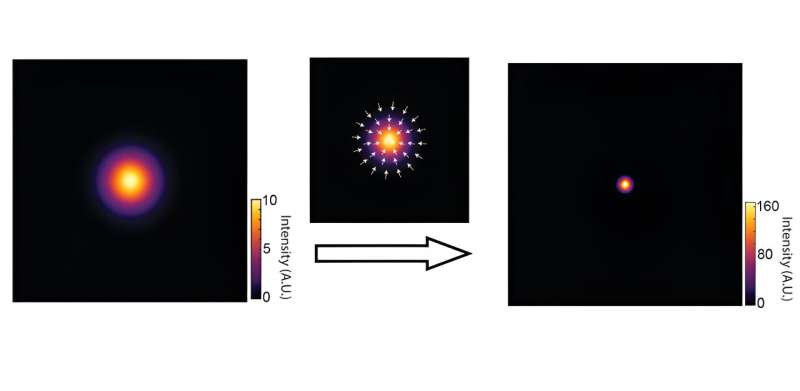Obtaining high-resolution images in the world of microscopy has long been a challenge. Deconvolution, a method to enhance image clarity, often amplifies noise between the sample and the image. Researchers at Boston University have recently developed a novel deblurring algorithm that avoids these issues, improving the resolution of images with photon intensity conservation and local linearity.
As reported in Advanced Photonics, the innovative deblurring algorithm is adaptable to various fluorescence microscopes, requiring minimal assumptions about the emission point spread function (PSF). It works on both a sequence of raw images and even a single image, enabling temporal analysis of fluctuating fluorophore statistics. Furthermore, the researchers have made this algorithm available as a MATLAB function, making it widely accessible.
The fundamental concept behind this breakthrough is pixel reassignment. By reassigning pixel intensities based on local gradients, images are sharpened without the risk of introducing noise artifacts. The technique standardizes raw images before applying this process, ensuring consistent results.
The resolution of a microscope is traditionally defined by its ability to distinguish two closely spaced point sources. The new method, called “deblurring by pixel reassignment” (DPR), significantly reduces the required separation distance, allowing for enhanced resolution in microscopy.

Deblurring by pixel reassignment remaps raw fluorescent microscopy images to sharpen images via pixel reassignment. © Advanced Photonics (2023). DOI: 10.1117/1.AP.5.6.066004
To demonstrate the effectiveness of DPR, the researchers applied it to a variety of imaging conditions: single-molecule localization, structural imaging of engineered cardiac tissue, and volumetric zebrafish imaging. These real-world applications showcased DPR’s potential in improving the clarity of microscopic images.
DPR’s unique ability to sharpen images, while preserving larger structures, opens doors to broader applications. It can be used in scenarios where samples contain both small and large structures, making it a versatile tool for researchers. While no deblurring strategy is entirely immune to noise, DPR’s advantage lies in the fact that it does not amplify noise. This sets it apart from other deconvolution methods, simplifying its implementation and making it suitable for a wide range of samples with extended features.
A new approach to enhancing the spatial resolution of microscopy images, the DPR technique provides a versatile and user-friendly solution that significantly improves image clarity while avoiding common noise-related issues, making it an invaluable tool for a wide range of scientific applications.
Professor Jerome Mertz, director of the Biomicroscopy Laboratory at Boston University and senior author of the study, says, “Because of its ease of use, speed, and versatility, we believe DPR can be of general utility to the bio-imaging community.”
More information:
Bingying Zhao et al, Resolution enhancement with deblurring by pixel reassignment, Advanced Photonics (2023). DOI: 10.1117/1.AP.5.6.066004
Citation:
Novel algorithm successfully improves microscopy resolution through pixel reassignment (2023, October 31)


